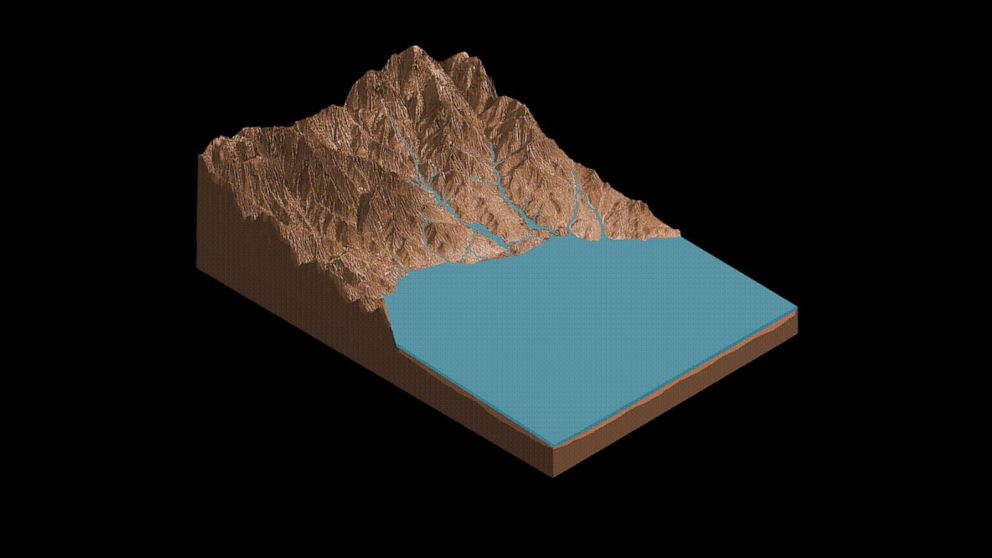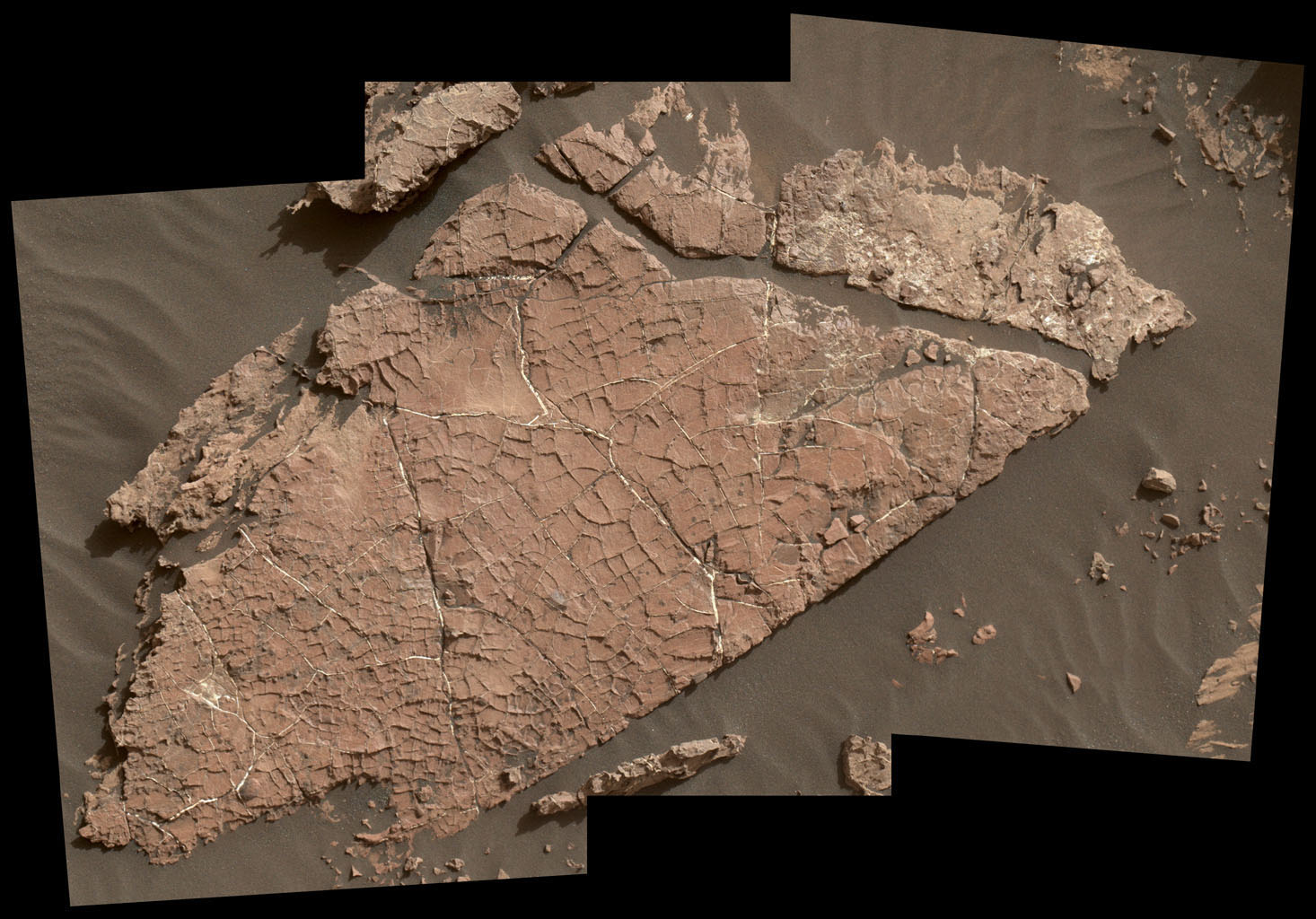NASA's Curiosity rover found a weirdly salty 'ancient oasis' on Mars
One scientist said it may have resembled South America's Altiplano lakes.
NASA's Curiosity rover discovered what it dubs an "ancient oasis" on the red planet, featuring some very unusual salts.
After sending Curiosity to explore the floor of the 100-meter-wide Gale Crater, scientists at NASA's Jet Propulsion Laboratory said in a statement Monday that millions of years ago, the floor of the crater might have been covered with shallow streams.
The rocks that Curiosity found were also filled with unique mineral salts. NASA said in a statement that researchers interpret this "as evidence of shallow briny ponds that went through episodes of overflow and drying," in Mars' ancient history.

The layers of rocks and salt in the crater are the focal point of study for scientists who are trying to figure out how Mars' climate went from a wet one to a freezing desert, according to NASA.
"We went to Gale Crater because it preserves this unique record of a changing Mars," William Rapin, of Caltech, the lead author of a study of their findings, published Monday in Nature Geoscience paper said in a statement.
"Understanding when and how the planet's climate started evolving is a piece of another puzzle: When and how long was Mars capable of supporting microbial life at the surface?" Rapin added.

Rapin and others were especially interested in the mysterious salts found in a section of the crater known as "Sutton Island," which suggest the water concentrated into a brine. This is significant because normally dried-up lakes leave behind pure salt crystals. These salts, however, are a mineral salt, and are mixed with other sediments, "suggesting they crystallized in a wet environment -- possibly just beneath evaporating shallow ponds filled with briny water," according to the statement.
Rapin has suggested that Sutton Island may have resembled the saline lakes in South America's Altiplano back home on Earth.
"During drier periods, the Altiplano lakes become shallower, and some can dry out completely," Rapin said. "The fact that they're vegetation-free even makes them look a little like Mars."




